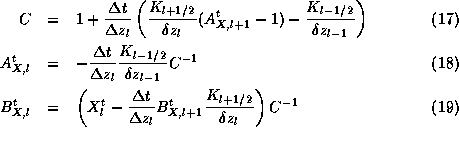Figure 2: Levels used for the discretization of the equations.
In the parameterization of vertical diffusion in a GCM equation 14 is discretized over the vertical and in time. In the following discussion we will assume that the calculation is performed over N levels. Variables are located at the full levels and fluxes are computed at intermediate levels, represented by dashed lines in Figure 2. Level 0 is the surface. The basic time step starts at time t when all variables are know and ends at time t+1 when all calculations are completed.
![]()
Figure 2: Levels used for the discretization of
the equations.
When equation 14 is descretized in the vertical and an implicit time-stepping is used we obtain the following finite difference formula for level l:
In order to solve this system of equations from the surface (l=0) to the top of the atmosphere or the planetary boundary (l=N) the method proposed by Richtmeyer and Morton (1967) is used. The aim is to reduce the system to a set of equation of the type:
where the coefficients ![]() and
and ![]() can be
computed in a descending order and then used in a back-substitution
from bottom to top which yields the profile for X at time t+1. It
is assumed here that the eddy-diffusivities
can be
computed in a descending order and then used in a back-substitution
from bottom to top which yields the profile for X at time t+1. It
is assumed here that the eddy-diffusivities ![]() are computed before
using atmospheric conditions at time t.
are computed before
using atmospheric conditions at time t.
To satisfy the zero flux condition at the top in
equation 16 we have to set ![]() and
and  .
This allows to start an iteration from top
to bottom which determines
.
This allows to start an iteration from top
to bottom which determines ![]() and
and ![]() over the entire
column. The following iteration formulas are obtained :
over the entire
column. The following iteration formulas are obtained :
In this set of equations only ![]() contains information from the
surface. This implies that without any knowledge of the surface the
downward iteration can only be performed up to l=2. The back
substitution can not be performed independently from the land
surface scheme for l=1, but once
contains information from the
surface. This implies that without any knowledge of the surface the
downward iteration can only be performed up to l=2. The back
substitution can not be performed independently from the land
surface scheme for l=1, but once ![]() is known
equation 16 can be solved for all
is known
equation 16 can be solved for all ![]() .
.
In order to obtain a general interface between the land surface scheme
and the vertical diffusion scheme of the GCM a formulation has to be
derived for computing ![]() using only surface fluxes
(
using only surface fluxes
( ![]() ).
).